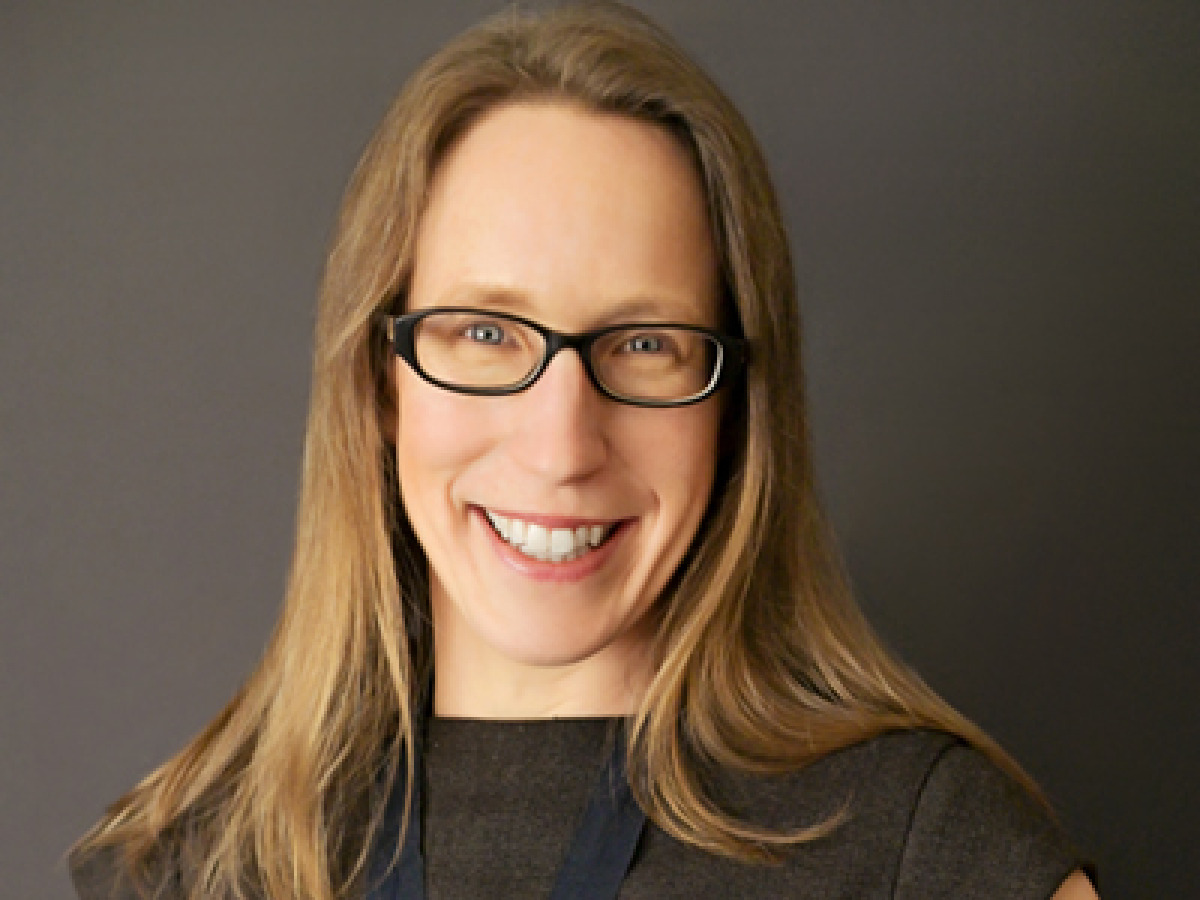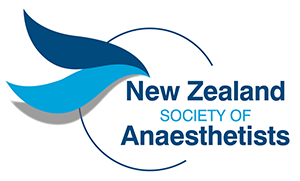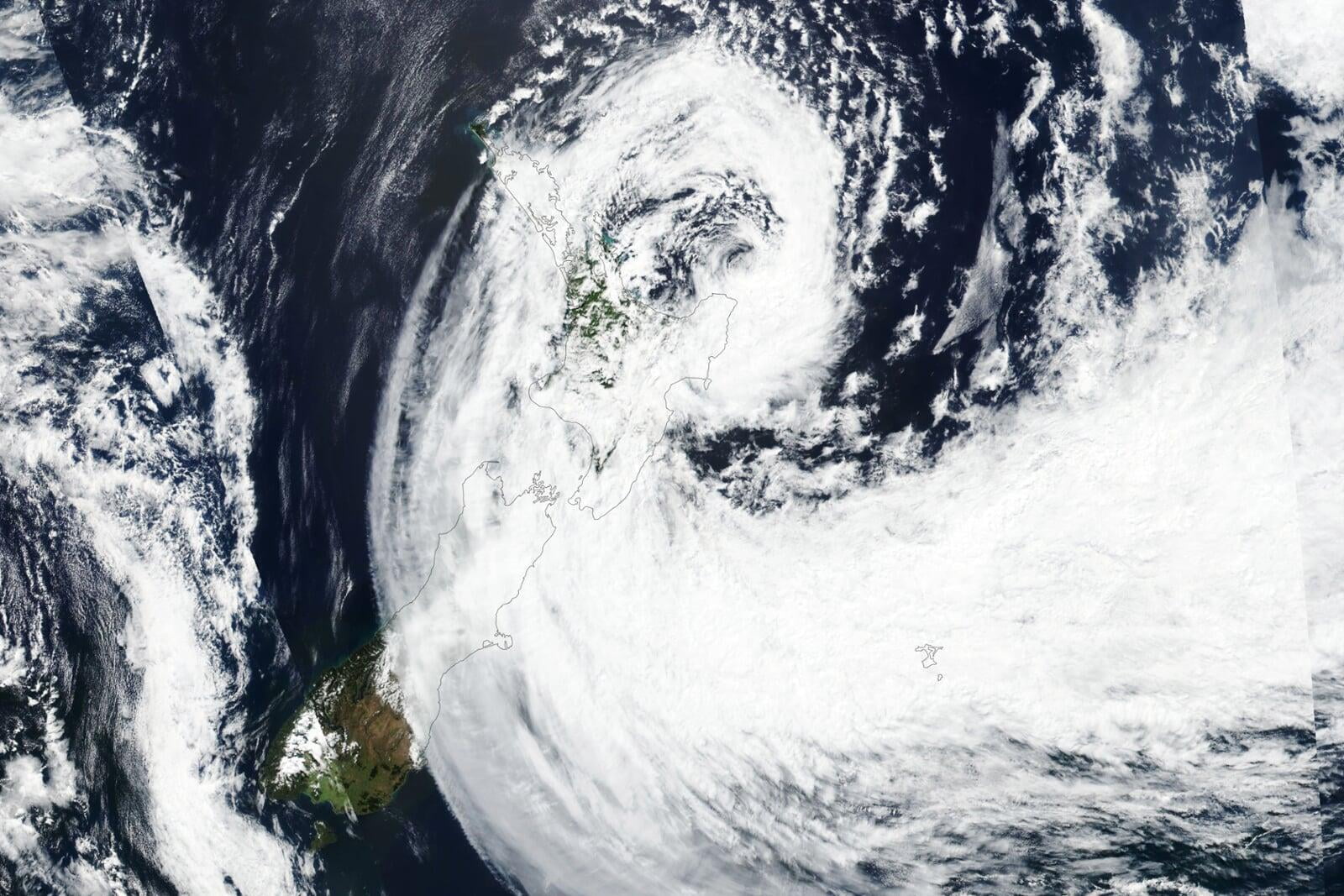COVID: Dose of reality helpful to support NZ’s elimination strategy

September 2020
In an alternate version of 2020, I am sitting in the sun, drinking a hoppy little Czech beer, and enjoying banter with fellow Anaesthetists from all over the world just prior to the WFSA World Congress in Prague. I would also be feeling a bit guilty about my air miles, worrying how the kids were doing at home and planning the next family holiday to make up for being away. So, as you can see, there are both up and down sides to the present state of the world. For me, the overarching impact of COVID-19 has been to drive us away from globalisation and focus our minds on what is happening locally and within our own countries; both good and bad.
We have been so incredibly fortunate in New Zealand with COVID. However, some of the content we are exposed to through social media and more formal news media channels and politicians in New Zealand, can make it hard to believe at times that an elimination strategy for COVID is the right plan for the majority of New Zealanders. We run the risk of (much like our specialty) being the victims of our own success. We are seeing footage of Europeans and North Americans on holiday, including packed beaches, and crowded French markets. It looks like their lives, or just the good, exotic, appealing portions are ‘back to normal.’ Those of us who can afford to travel may lament the loss of our Pacific mid-winter break. But for the majority of New Zealanders, income inequities mean these luxuries were always off the cards.
At times like this, a little dose of reality is helpful; hearing from family, friends and colleagues overseas about how their lives are anything but back to normal; whether they work in a current COVID hot spot (think Texas), or one living in its aftermath (New York). Even places, such as Scotland, which would consider themselves lucky to have escaped raging COVID infections are still feeling an enormous impact on their jobs and way of life. My cousin’s kids in San Francisco have not been to school since March. It makes our hard, but relatively short lockdowns look appealing.
Australian healthcare workers have been fighting to get fit tested for appropriate PPE, despite fit testing being mandated in the Australian and New Zealand Standards for Respiratory Protection.
The Australian Society of Anaesthetists (ASA) recently hosted a fantastic webinar on respiratory protection that reignited my fear and concern for what uncontrolled COVID-19 community transmission would mean for us, our patients and our families (the ASA has kindly shared the recording of this webinar with NZSA which is included in this month’s issue of the E-Zine and on our COVID-19 resource page. Here is the (webinar link)
It is fairly well accepted now that COVID can be transmitted by airborne spread, not just droplet (hear direct from Dr Fauci in the Harvard University Grand round link). If you have COVID diarrhoea, there is aerosolisation when the toilet is flushed and only 60% of that stays within the toilet bowl. Modern hospital design reliant on air conditioning with no openable windows, shared phones, hot desking offices and small tearooms exacerbate and enhance co-worker to co-worker spread. Elimination is always the top and first hazard minimisation strategy.
What can we do? Apart from not sharing stories on social media that undermine our current elimination strategy, we can practice appropriate behaviours when we are not having community transmission to be ready if community spread occurs in NZ again. COVID was possibly spreading in the Auckland community for one to two weeks prior to being picked up in positive testing on 11 August. Anyone of those positive cases could have been a co-worker; yes, they could also have been a patient. We can try and prevent the likelihood of catching this disease at work by wearing masks, by continuing to physically distance ourselves, and by attending more zoom meetings from home.
Yet how does this sit with the promotion of our annual conference NZSA 2020 Emerge, Reflect and Reconnect in just six weeks’ time?
We should be practising some of these behaviours then too; I encourage mask wearing (we will have masks available for delegates), and we will be using a large space at the TSB Arena that will allow for good ventilation and the ability to socially distance.
If you would prefer not to travel to the capital, you can choose to experience the conference virtually. If it is considered unsafe due to elevated lock down levels (three or four), the face-to-face conference will not run, however we have a built-in contingency to offer our conference virtually (16-17 Oct). I would also like to take this opportunity to say that in these financially turbulent times the NZSA has gone ahead to organise this conference as we wanted to offer CME opportunities and a chance for our specialty to connect. We need a good number of delegates to register (whether virtually or in person) to help us cover the costs of the conference. We are fortunate to have strong support from our sponsors/trade and I encourage attendees to make the time to engage with our industry partners.
I felt a bit conscious of being an unclean JAFA when I visited the Whangarei Hospital Department earlier this month. It was strange to be in a town where there were very few people wearing masks; a stark contrast to how quickly it has become the norm for me in Auckland. We try to get an NZSA executive member or two out to each DHB department every two to three years; this gives us a chance to have a conversation about the NZSA’s activities across advocacy, education and community, and to learn what the current issues, concerns and positive developments are in your departments around the country. We hope you find these visits valuable, as we certainly do. They have proven an excellent way to engage with members and to keep you connected with the work NZSA does on your behalf.
Dr Kathryn Hagen



